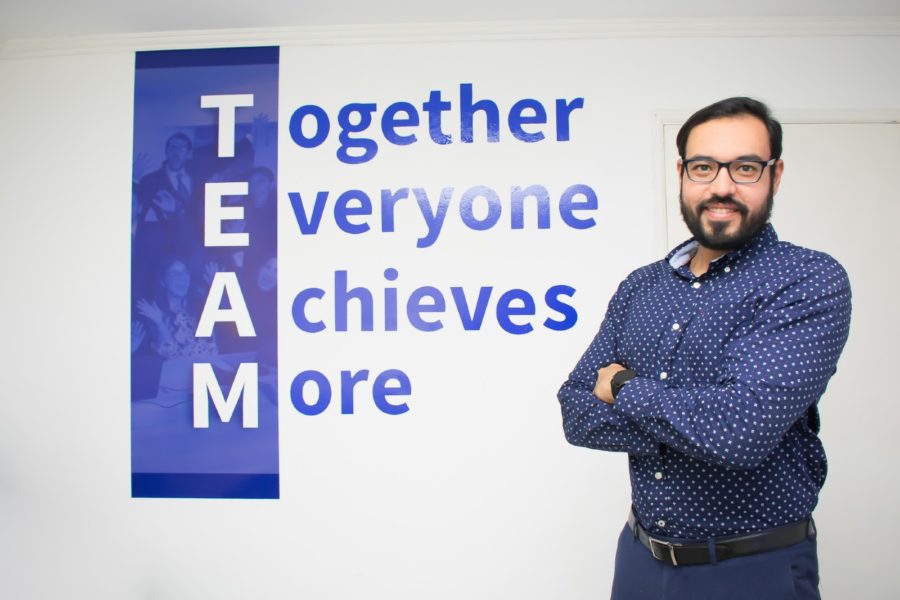We have talked before about the countless benefits of a good onboarding process: it strengthens good relationships in a workgroup, enhances employee engagement with the company, and optimizes the productivity of all individuals. There are benefits from wherever you look, right?
But what happens when that employment relationship is about to end? When the goal is not to integrate someone into the company but to say goodbye to them as a team member, things may not seem so easy to handle positively.
This is where offboarding enters the scene, as a counterpart to the aforementioned. A successful offboarding process can have as many benefits as its opposite. Do you want to know why? Let’s continue.
What Does Offboarding Mean?
At a time that is inevitably tense, and sometimes even sad, it’s never a bad option to find a way to try and make it slightly more positive.

The offboarding process, as its name suggests, consists of closing the employment relationship in a way that matches the employee’s importance to the company, and its policies.
It’s a series of strategies a company plans so that this breaking process can be satisfactory (and even beneficial) for both parties.
Like its counterpart, offboarding has many advantages, and it is vitally important that modern companies integrate it into their protocols. Some of the reasons why every company should have offboarding processes are:
Securing Information
The leak or sale of information of corporate value can affect any company in terrible ways, but especially in the freelance business, where we work directly with confidential client information, it’s vitally important that this information remains secure at all costs.
A good offboarding process continues the line of the core values of any company and encourages honesty and commitment to these policies, thus helping to tie up loose ends and prevent people who leave a company from doing so with resentment or desire to harm it in any way.
Improving Legal Management
This allows us to carry out, gather, and sign all the necessary documents for the separation process more calmly and peacefully, thus allowing both financial and legal agreements to be established and favor those involved.
Making Transitions Easier
It helps to make the transition more enjoyable, it allows the logistics around the matter to be better organized. In this situation, there will always be questions like, who will take the place? or how will the team coordinate until the position is filled? If the offboarding process is done correctly, those questions will be answered during it.
Giving a Good Image
As in any type of relationship, the way you end it speaks volumes about who you are. You always have to seek to end things in a good way with any employee who ends his work relationship, as this denotes respect and appreciation for the person and their talent.
Creating Opportunities
Ending the employment relationship on good terms leaves room for mutually beneficial agreements to be created. For example, and this is something that many companies do, including Freelance Latin America — a freelancer who ends their active role with our clients and work relationship with us could still have a role in our organization by being an external recruiter, this way they can earn passive income while they help us find skilled freelancers for our open positions, an agreement that benefits all parties involved.

How to Offboard?
Now, knowing the importance of this process, here are some tips on how to achieve a successful offboarding:
Plan The Closing
In this part of the process, you have to organize all the logistics, from the resignation letters to the completion of pending tasks and the return of work equipment. All loose ends are tied and left in order so that the worker’s exit can be clean and calm.
Prepare a Farewell
At this stage, what is sought is for employees and other workers to say goodbye positively. If it’s an employee who works directly with a client, it’s very important that the client is informed of this and that they can also close their relationship. Keeping this moment as less uncomfortable as possible is what will tell you that the process has been carried out correctly.
Something as simple as taking the time to say a few words to the employee who is being dismissed and allowing their colleagues to present their good wishes can make a big difference.
Do Exit Interviews
Receiving feedback from the employee can be very useful to improve the work environment and the way things are done in the company. Giving the importance that the employee’s experience and their points of view deserve will be an opportunity to grow as a company and to favor the employees who continue in it.
So, build an interview for the employee who is leaving the company, and seek to know the most important details: their reasons to leave, if they have any suggestions or feedback to offer, etc. Whether in person or digitally, this step is very important.
As you can see, the offboarding process is exactly the opposite of onboarding, and it even seems that the steps to be taken are the same but in mirror effect: an interview, contact with colleagues, start/finish pending work. But as reversed as they might be, they are equally important. And none should be missing from your company.
If you found this information useful, feel free to follow us on Instagram and subscribe to our YouTube channel to learn more helpful tips for freelancers and businesses!
See more articles by Andrea Corona.





